There are receivers made on ICs today that use a mixer with an LO equal to the input frequency. Instead of 'heterodyne', they are called 'homodyne', for obvious reasons.
The big problem with these is LO leak across the mixer.
In a mixer-input receiver, you might expect a mixer to have in the range of 20dB to 40dB isolation from LO in to IF out. If you work at it really hard, with active calibration and adjustment tracking, 60dB may be achievable, but we don't go to those lengths in operating systems, and rarely in lab test equipment. That's just the way it is, some LO is going to leak out of the IF port. With typical LO drive of +10dBm, there will be -10 to -30dBm leaking from the IF port.
The smallest signal we can receive depends on unavoidable noise, and the signal bandwidth, but as a rough figure, -100dBm is the typical smallest signal for GSM reception. With the typical loss of the mixer, that's going to come out as -107dBm on the IF.
So there you have the problem with homodyne receivers. IF signal typical -107dBm, IF LO leak -27dBm. That's an 80dB noise to signal ratio. The signal is totally swamped. Even 20 to 30dB better on the mixer won't help. If you're not used to thinking in dBs, 80dB is a LOT. It's 10,000 in voltage, or 100,000,000 times in power. A lot.
So we need to go to heterodyne, move the LO leak away from the signal frequency, pass the signal through a steep filter that rejects the LO leak, and amplify the signal by itself.
So if homodyne doesn't work, what are people doing with it today? OFDM, Orthogonal Frequency Division Multiplex, is a modulation technique that has a number of significant advantages that I won't go into in this reply. What it does is to effectively form its wide channel into hundreds or thousands of narrow channels. While 80% or so of these channels are used for information, others are used to improve the use of the system. Some are pilot tones. Some at the edge of the band are blanked, to avoid putting power into other systems. If some are found to be interfered with, they can be abandoned. Some could be used to improve the peak/average power of the overall channel. And crucially, the middle few, the ones that would be corrupted by homodyne mixer LO leak, are simply not used. The tradeoff of losing a little channel carrying capacity in exchange for a simpler receiver is worth making.
